By Alex Jones
NIGHTMARISH eye-witness accounts from the survivors of one of the Royal Navy’s most devastating disasters are revealed in a new book – detailing the destruction of the world’s biggest ship and the tragic deaths of all but three of its 1,418-man crew.
Last year marked the centenary of the launch of Britain’s largest warship of the 20th Century. Nicknamed ‘The Mighty hood’, the HMS Hood battlecruiser ruled the waves from 1918 until it was sunk in the cold waters of the North Atlantic by the German battleship Bismarck in 1941.
Incredible images capture the full majesty and vastness of HMS Hood, a photo of the crew including many of the men who would eventually end up in a watery grave, and some of the ship’s most powerful weaponry.
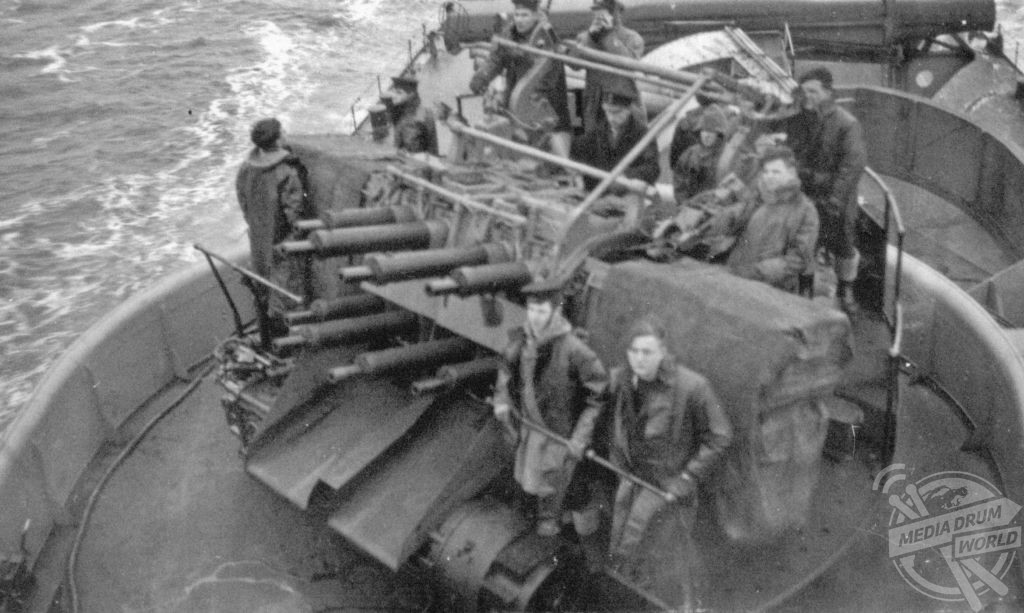
The stunning photos, some never before published, are including in Daniel Knowles’ new book HMS Hood: Pride Of The Royal Navy – a fascinating and detailed account of the battlecruiser’s journey from its conception to its final resting place at the bottom of the Denmark Strait.
One of the most iconic maritime tragedies of all time – although more than 2,000 men died when the Royal Navy destroyed the Bismarck three days after the HMS hood exploded – Knowles has collected witness statements from the day the unthinkable happened. Locked in a battle it was not designed to be in, HMS Hood was fired on by Bismarck and one of its deadly 15-inch shells penetrated the Hood’s weakly armoured deck and blew up a stash of ammunition – striking a catastrophic blow to the Brits’ flagship.
Able Seaman Bob Tilburn was one of the three men who defied the odds and survived the inferno.
“‘It shook the entire ship, blast and shrapnel buffeting the midships position, but the explosion did not seem any worse than the effect of the Hood firing a salvo,” he recalled.
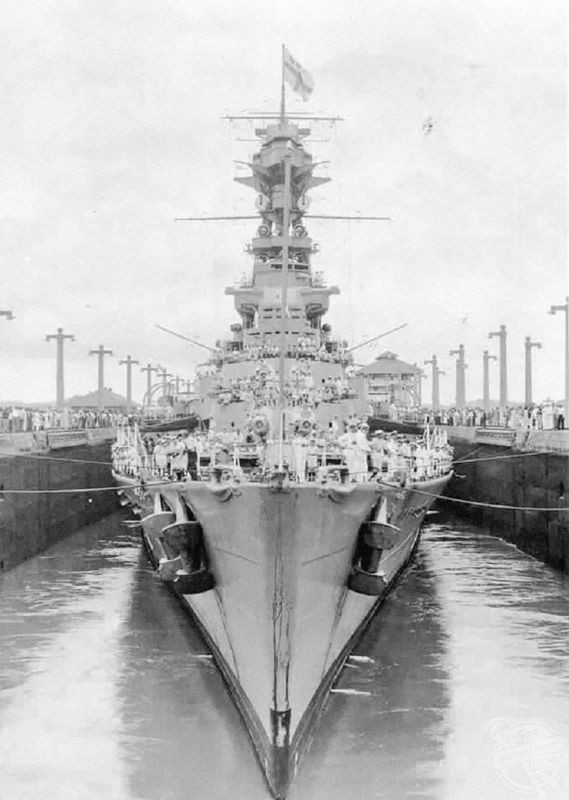
Having sought shelter behind the splinter shield of an unrotated projectile launcher, Tilburn was spared immediate death or injury. The sailors that he was with were not so fortunate.
“One sailor was simply blown away by the force of the explosion while the other ‘was disembowelled by a shell splinter,” he continued.
“It opened him up like a butcher and all his innards were coming out.”
Another of the three men to be pulled from the water alive was Midshipman William Dundas. He recalls that a body crashed on the deck near him following the explosion and he was asked to identify the corpse. Upon inspection he admitted the job was impossible “as the corpse had no face and no hands and that all he could say was that the body was that of a lieutenant”.
The third and last man to survive was Ordinary Signalman Ted Briggs who recalled jumping into the water in the immediate aftermath of the gut-wrenching explosion.
“I managed to avoid being knocked out by the steel stanchions, but I was not making any progress,” Briggs reported.
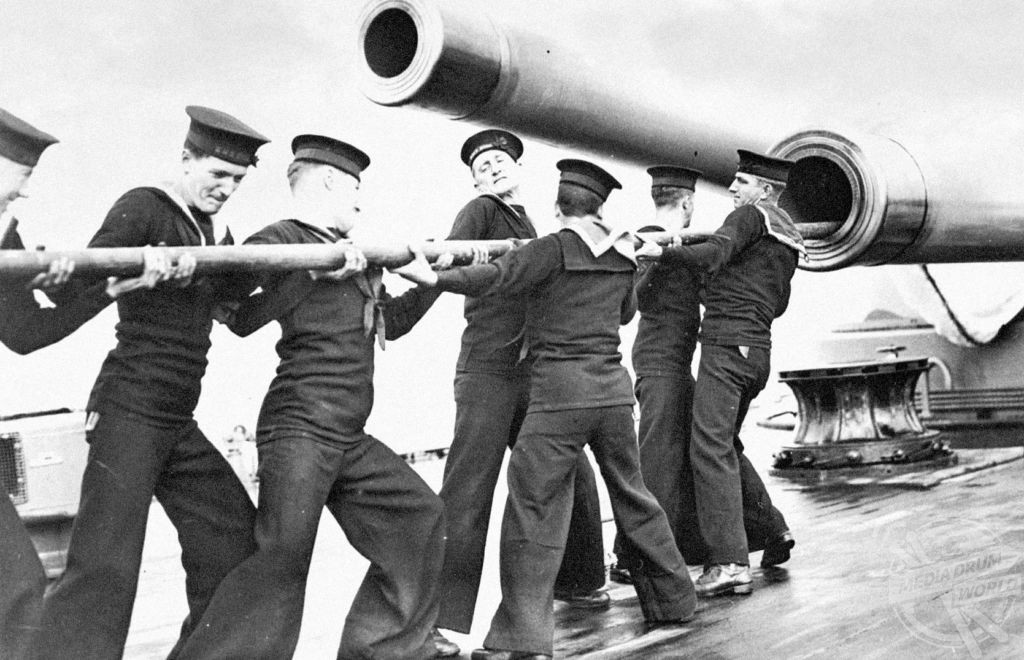
“The suction was dragging me down. The pressure on my ears was increasing each second, and panic returned in its worse intensity… I struggled madly to try to heave myself up to the surface. I got nowhere. Although it seemed like an eternity, I was under water for barely a minute. My lungs were bursting. I knew that I just had to breathe. I opened my lips and gulped in a mouthful of water. My tongue was forced to the back of my throat. I was not going to reach the surface. I was going to die. As I weakened, my resolve left me. What was the use of struggling? I had heard it was nice to drown. I stopped trying to swim upwards. The water was a peaceful cradle. I was being rocked to sleep. There was nothing I could do about it—goodnight, mum. I was ready to meet God.
“My blissful acceptance of death ended in a sudden surge beneath me, which shot me to the surface like a decanted cork in a champagne bottle. I wasn’t going to die. I wasn’t going to die. I trod water as I panted in great gulps of air. I was alive… Although my ears were singing from the pressure under water I could hear the hissing sound of a hundred serpents. I turned away and fifty yards away in the sea I could see the bows of the Hood vertical in the sea. It was the most frightening aspect of my ordeal and a vision which was to recur terrifyingly in nightmares for the next fifty years.”
On the boat deck, taking shelter, Robert Tilburn had been struck by human remains which in all likelihood saved his life.
“Bits of bodies were falling over the deck and one hit me on the legs,” he remembered.
“I thought, ‘I’m going to be sick’, so I got up and went to the ship’s side to throw up.”
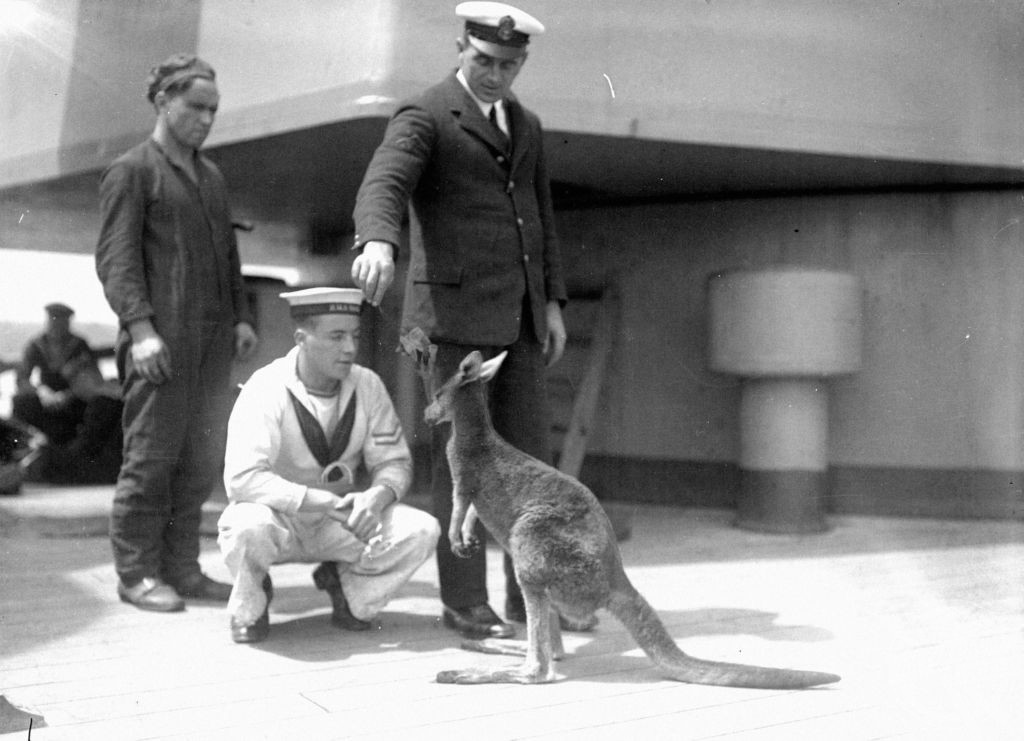
the wallaby on deck. He was a mascot the crew brought with them from Australia. Mediadrumimages/DanielKnowles/CityofVancouverArchives
Looking around as he got up, Tilburn noticed that the Hood appeared to be going down by the stern and that she had begun to tilt at an alarming angle to port. Turning to see what he believed to be an ammunition locker hurtling towards him, he decided to make a rapid escape. Tilburn leapt towards the water and began to discard anything that might weigh him down. Tilburn succeeded in removing his tin helmet, gas mask, and duffel coat before the water swept him over the side. He was pulled from the ocean two hours later.
Dundas was so shaken by the terrifying event that he never spoke about it again, either in public or private.
“Eight minutes after having opening fire against the Bismarck and the Prinz Eugen, the Hood, for so long the pride of the Royal Navy, had been torn apart by a devastating explosion,” explained Knowles.
“Three minutes after the fatal hit had struck the Hood, the last traces of the Royal Navy’s most famous warship slipped beneath the waves and vanished leaving nothing but a scattering of oil, wreckage, and three survivors out of a crew of 1,418 men.”
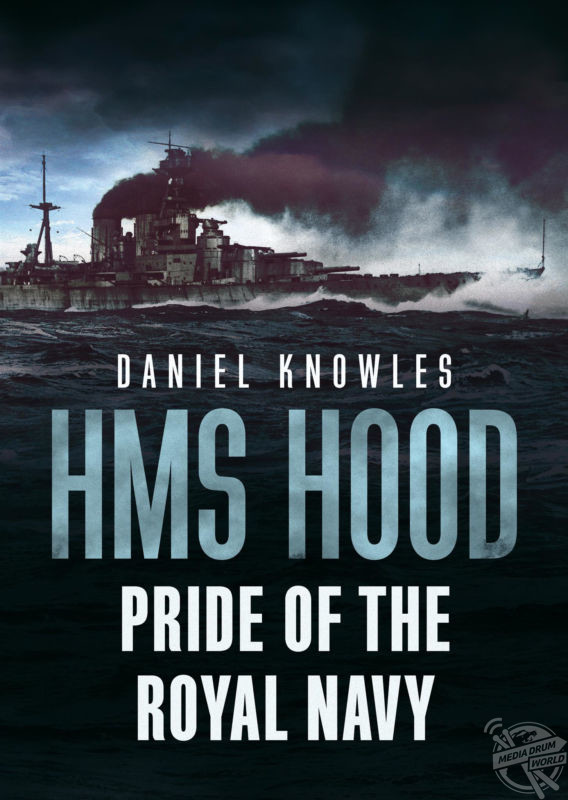
Until the recent commissioning of the UK’s new aircraft carrier HMS Queen Elizabeth, HMS Hood remained the biggest warship Great Britain had ever produced. The ship was equipped with eight immense 15-inch guns and was capable of 32 knots. However it more than met its match with the Bismarck, which was newer, more powerful and more heavily armoured. The boats were ten miles apart when the fatal shell sealed the fate of over 1,400 men.
“The Hood is one of history’s great warships and one of the most famous vessels to ever fly the White Ensign,” concluded the HMS Hood author.
“For more than twenty years, ‘The Mighty Hood’ toured the world as the largest and most powerful warship in the world. Engaging in many diplomatic exercises during her career, the Hood was the pride of the Royal Navy.
“This is the story of HMS Hood—the life and death of a legendary battlecruiser. It is a story of both peace and war, yet it is not just the story of a ship, but of many men and an era.”
Daniel Knowles’ HMS Hood: Pride Of The Royal Navy, published by Fonthill, is available here.






